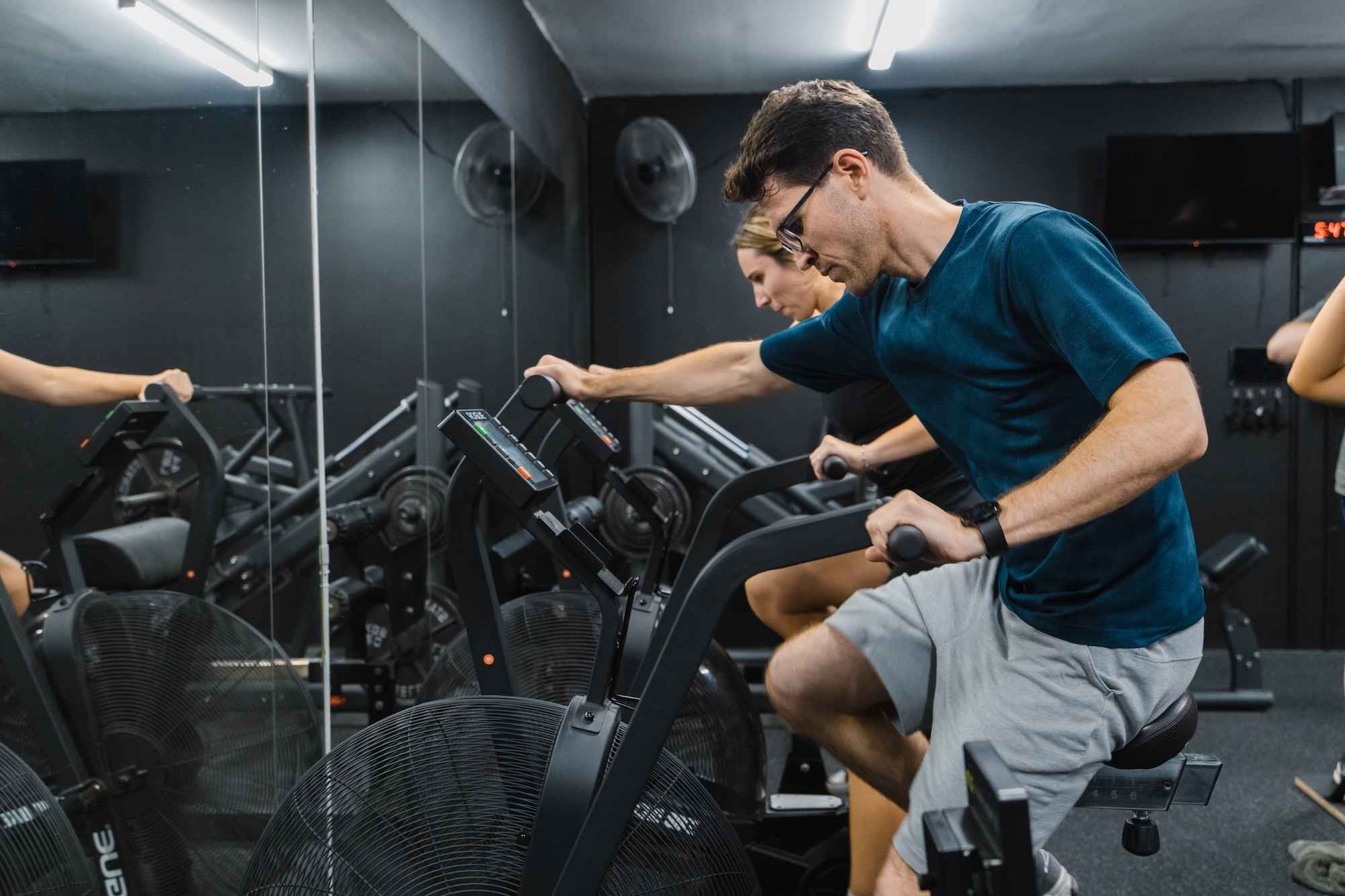Simple Ways to Ease Back Into Training After Easter
The Easter long weekend often means time off, indulgent meals, and a break from your usual routine. It’s a time to relax, enjoy family gatherings, and perhaps treat yourself to a few extra chocolate eggs. While these moments are well-deserved and refreshing, they can also disrupt your regular fitness habits.
Returning to your training routine afterward might feel challenging — your energy levels may dip, and motivation can wane. However, taking a break doesn’t mean you’ve lost all your progress. With a few simple adjustments, you can smoothly transition back into your workouts without feeling overwhelmed.
Ease Into Your Training
Jumping straight into high-intensity workouts after time off can increase your risk of injury and fatigue. Instead, start with lower-intensity sessions that prioritise good movement patterns and build your tolerance back up gradually. Research shows that progressive loading and proper technique help prevent injuries and improve long-term performance.
Tip: Begin with a lighter session focused on technique, mobility, and controlled movements. Low-impact exercises like cycling, brisk walking, or bodyweight strength work can help reactivate your muscles and prepare your body for more demanding training.
Rehydrate and Refuel
After a period of indulgence, dehydration and fatigue can make it harder to get back into training. Staying well-hydrated supports muscle function, digestion, and energy levels, while nutrient-dense foods help restore balance and aid recovery. Research highlights the importance of hydration for performance and how whole foods provide essential nutrients to replenish your body.
Tip: Aim for at least 2 litres of water daily, more if you’re active. Include protein, healthy fats, and complex carbohydrates in your meals to support recovery and sustained energy.
Prioritise Recovery
Your body may take time to adjust after a break, and recovery is just as important as training. Quality sleep, proper hydration, and active recovery help reduce soreness and improve performance. Studies suggest that low-intensity movement can aid circulation and muscle repair without adding extra stress.
Tip: Incorporate low-intensity movement like walking, cycling, or mobility work on rest days to promote recovery without overloading your system. Aim for 7—9 hours of quality sleep to support muscle repair and overall performance.
Create a Flexible Plan
The hardest part of getting back into a routine is often just starting. A gradual approach — rather than trying to do everything at once — sets you up for long-term success. Research shows that small, consistent efforts lead to better adherence and progress over time.
Tip: Instead of aiming for perfection, focus on consistency. For example, commit to 3 workouts this week and adjust based on how you feel, rather than pushing for an all-or-nothing approach.
Want expert coaching and real results? Book a FREE intro call and take the first step to getting started.

